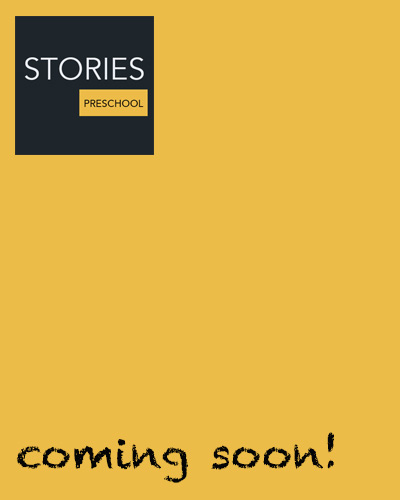Warnings and Suspensions
Hockey uses a three-tier penalty card system of warnings and suspensions:
- When shown a green card, the player may have to leave the field for two minutes, depending on national regulations, though at international standards the player has to leave the field for two minutes, but any further infractions will result in a yellow or red card.
- A yellow card is an official suspension similar to the penalty box in ice hockey. The duration is decided by the umpire issuing the card and the player must go to a pre-defined area of the pitch as chosen by the umpires, or by the local/state/national association of that country; in this case generally it will be in the rule book where that player must go to, at the beginning of the match. Most umpires will opt for a minimum of five minutes' duration without substitution; the maximum time is at the discretion of the umpire, depending on the seriousness of the offence; for example the second yellow to the same player or the first for danger might be given ten minutes. (In some modes, including indoor, shorter periods of suspension are applied, dependent on local rules.) However it is possible that a player is send off for the remainder of the match due to that penalty time is longer than the match time.
Depending on national rules, if a coach is sent off a player may have to leave the field too for the time the coach is sent off.
- A red card, just like in association football, is a permanent exclusion from the rest of the game, without substitution, and usually results in the player being banned for a certain period of time or number of matches (this is governed by local playing conditions, rather than the rules of field hockey). The player must also leave the pitch and surrounding area.
If a coach is sent off, depending on local rules, a player may have to leave the field for the remaining length of the match.
In addition to their colours, field hockey penalty cards are often shaped differently, so they can be recognized easily. Green cards are normally triangular, yellow cards rectangular and red cards circular.
Unlike football, a player may receive more than one green or yellow card. However, they cannot receive the same card for the same offence (for example two yellows for dangerous play), and the second must always be a more serious card. In the case of a second yellow card for a different breach of the rules (for example a yellow for deliberate foot, and a second later in the game for dangerous play) the temporary suspension would be expected to be of considerably longer duration than the first. However, local playing conditions may mandate that cards are awarded only progressively, and not allow any second awards.
Umpires, if the free hit would have been in the attacking 23 m area, may upgrade the free hit to a penalty corner for dissent or other misconduct after the free hit has been awarded.
SPORTS

RESOURCES
This article uses material from the Wikipedia article "Field Hockey", which is released under the Creative Commons Attribution-Share-Alike License 3.0.
© Stories Preschool. All Rights Reserved.









